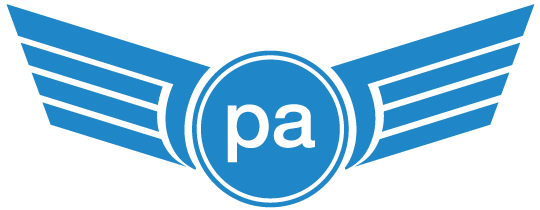The European Aviation Safety Agency (EASA) is the central authority responsible for aviation safety in the European Union, with its headquarters located in Cologne, Germany. As the European counterpart of the FAA, EASA collaborates with ICAO and oversees various aspects of aviation, from aircraft maintenance to aircrew training. Ensuring regulatory compliance is a crucial aspect of EASA’s operations.
The European Aviation Safety Agency (EASA) plays a crucial role in promoting and enforcing aviation safety standards throughout the European Union. By collaborating with international organizations such as ICAO and maintaining a comprehensive regulatory framework, EASA ensures that the highest safety standards are met across all aspects of the aviation industry.
EASA’s oversight extends beyond aircraft maintenance and aircrew training to cover a wide range of safety concerns, including:
EASA’s regulations are divided into several parts, each focusing on a specific area of aviation safety. Key areas include:
EASA training programs encompass a wide range of subjects and are designed to ensure the safety and efficiency of air operations. These training programs include:
EASA’s training programs are designed to be comprehensive, covering various aspects of aviation safety. Some additional components of these programs include:
EASA training programs cover various topics to ensure aircrew competency and safety. Some key components include:
While EASA Part-145 knowledge focuses on aircraft maintenance and is not directly related to flight crew training, it is still essential for aviation professionals to have a basic understanding of this regulation to ensure overall safety and compliance within the industry.
EASA emphasizes the importance of continuing professional development for aviation personnel. Through regular training, refresher courses, and assessments, EASA ensures that all aviation professionals maintain their skills and knowledge in line with the latest industry standards and best practices.
EASA works closely with National Aviation Authorities (NAAs) within the European Union to ensure consistent implementation and enforcement of its regulations and training programs. This collaboration helps to harmonize safety standards across the EU, fostering a safer and more efficient aviation ecosystem.
As the aviation industry continues to evolve, EASA remains at the forefront of safety innovation, embracing new technologies and processes to enhance safety standards further. Some of the key areas where EASA is focusing its efforts include:
The European Aviation Safety Agency (EASA) plays a vital role in maintaining and enhancing aviation safety across the European Union through its comprehensive training programs and regulatory oversight. By focusing on key areas such as continuing airworthiness, commercial air transport, and flight crew and cabin crew training, EASA ensures that the highest safety standards are met at all levels of the aviation industry. This commitment to safety, along with the use of modern training techniques and technologies, helps to maintain Europe’s status as a global leader in aviation safety. As the industry continues to evolve, EASA remains at the forefront of safety innovation, embracing new technologies and processes to further enhance safety standards and promote a more sustainable and efficient aviation ecosystem.
